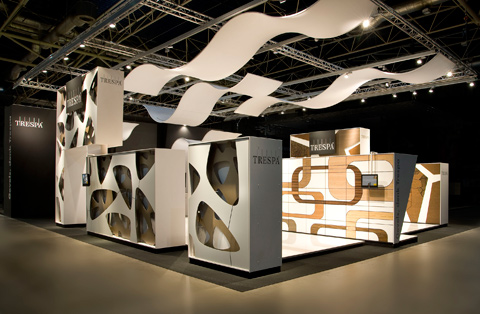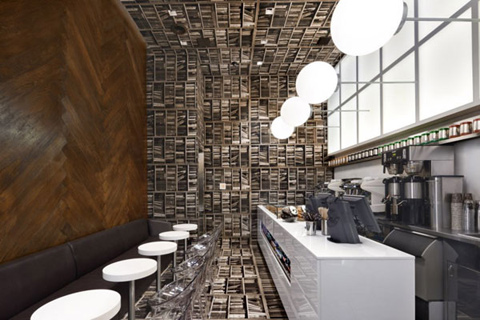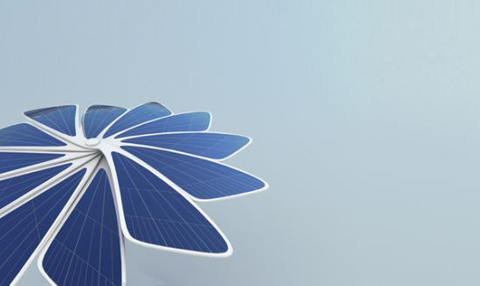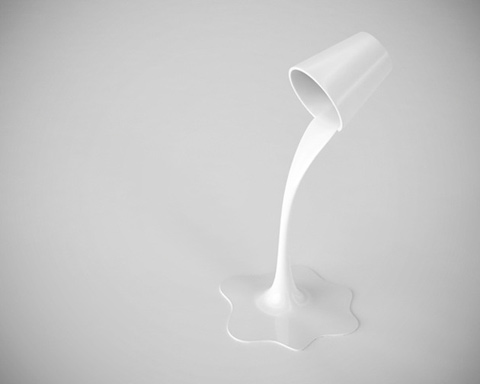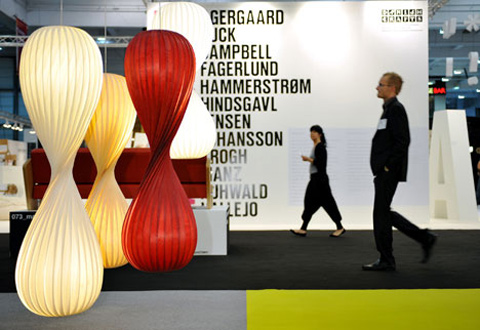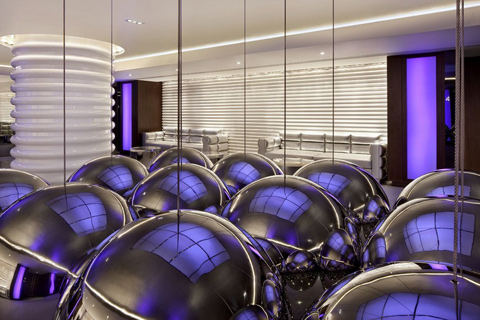





First staged in 2003, the London Design Festival is one of the world’s most important annual design events. The nine-day Festival programme is made up of over 200 events and exhibitions staged by around 160 partner organisations across the design spectrum and from around the world.
The diversity of world-class design talent in – and attracted to – London is one of the key strengths of the city over other global design centers; the London Design Festival brings this talent to the fore every year to connect with others, explore issues, do business, exchange ideas, and have fun.
Now in its eighth year, The London Design Festival is firmly established as a major cultural and commercial event. Last year London hosted a rich mix of over 200 commissioned installations and exhibitions plus over 150 launches, private views and parties, cementing its reputation as the design capital of the world. The next edition of the Festival promises an even greater diversity of activity taking place across the capital – from the Festival hub at the V&A to spaces across the city filled with design from partners across the UK and around the world.
Events and Venues include:
Trafalgar Square, Victoria and Albert Museum, Size + Matter, London Design Medal, Brompton Design District, The Royal College of Art, Serpentine Gallery, Covent Garden and West End, the Design Council, 100% Design London, Design Museum, Tent London, Origin – the London Craft Fair, Decorex, HEL YES!, Showhow, and many more.
www.londondesignfestival.com







